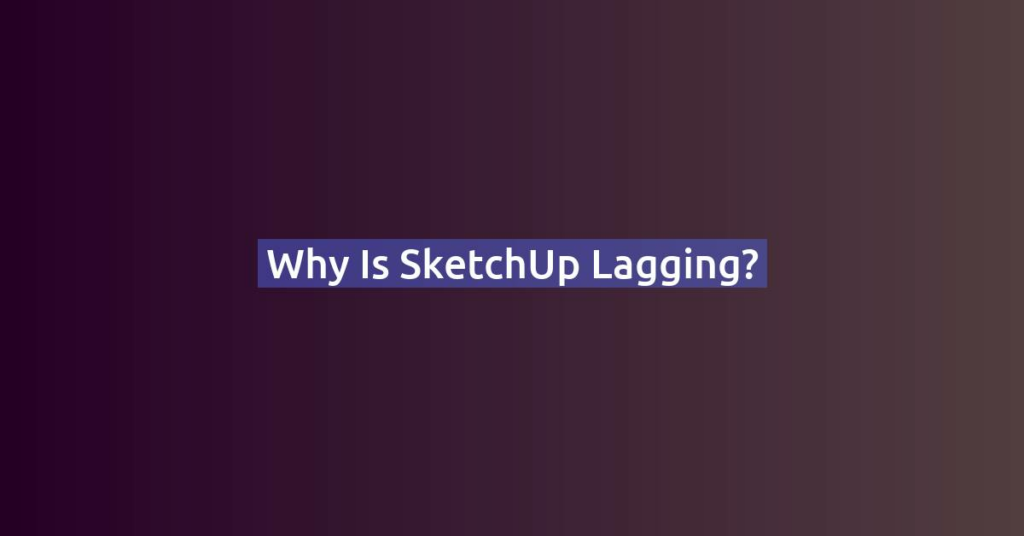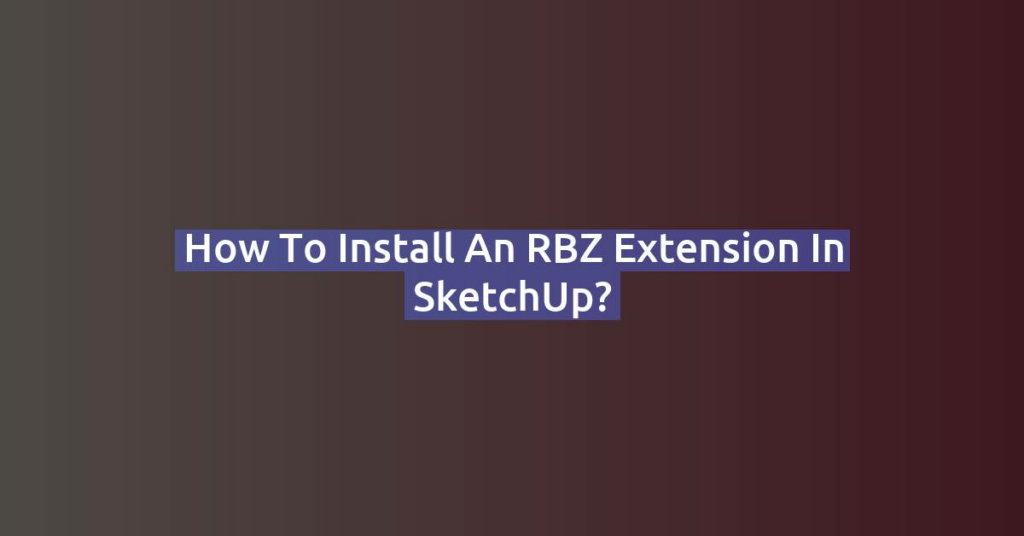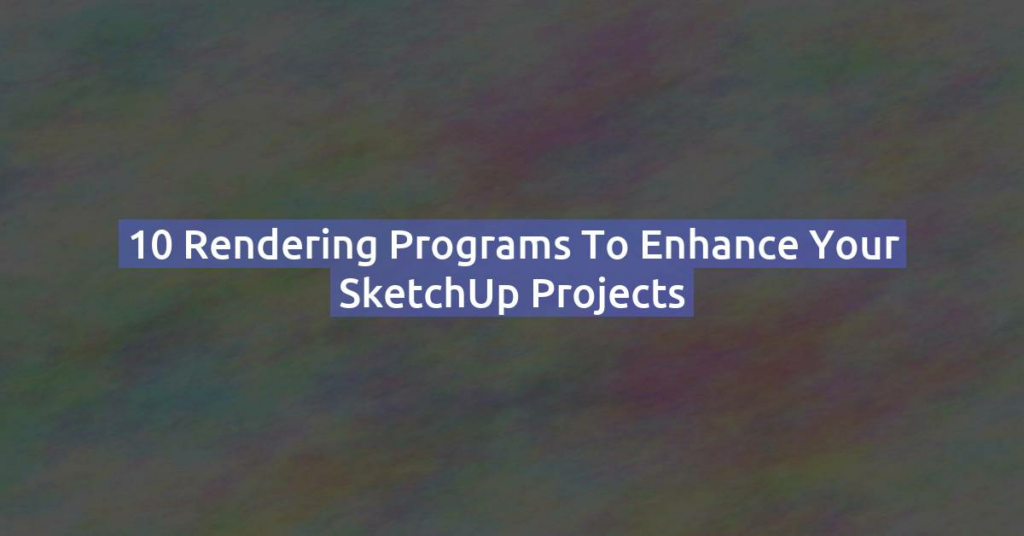Adding lighting effects in SketchUp can really elevate your design by creating ambiance, highlighting textures, and enhancing realism. SketchUp doesn’t natively support advanced lighting features, but with a few steps and plugins, you can achieve realistic lighting effects. Here’s a guide to adding lighting in SketchUp:
1. Basic Lighting Using Shadows and Styles
- Adjust Shadows: Go to Window > Shadows to control the time of day and year. Adjusting these settings will affect the shadows in your scene, simulating different lighting angles and intensities.
- Fine-tune Styles: In Window > Styles, choose a style that suits the mood you want. Under the Edit tab, you can control the edge, face, and background settings to influence how light and shadow interact.
2. Adding Lighting with SketchUp’s Default Components
- Use Components to Create Light Fixtures: Add basic light fixtures by using the Component library or drawing simple shapes to represent lights, such as ceiling lamps, table lamps, or spotlights.
- Use Emissive Textures (Fake Lighting): Create materials that mimic light. This can be done by applying a light-colored material to surfaces you want to glow, and increasing the brightness or color saturation in Materials. This won’t cast light but can create a lit appearance.
3. Using V-Ray Plugin for Realistic Lighting
- V-Ray is one of the most popular rendering plugins for SketchUp. It offers real-time lighting and shadow effects and is great for adding realistic lighting.
- Types of Lights in V-Ray:
- Rectangular Lights: Use these to simulate window lighting or overhead lighting.
- Sphere Lights: Ideal for point lights, like bulbs.
- Spotlights: Use these for directed beams, like in lamps or downlights.
- Sun Light: This acts like natural sunlight and can be adjusted for intensity and angle.
- IES Lights: These lights simulate real-world lighting profiles and are used for more intricate lighting patterns.
- Setting Up Lights in V-Ray:
- Select the V-Ray toolbar in SketchUp.
- Click on Add Light and select the light type you want.
- Place it in your model and adjust the intensity, color, and position.
- Use the V-Ray Asset Editor to fine-tune lighting properties and preview changes in real-time.
4. Using Enscape for Real-Time Lighting Effects
- Enscape is another powerful plugin that offers real-time rendering. Like V-Ray, Enscape supports various light sources.
- Setting Up Lights in Enscape:
- Select the Enscape toolbar and choose the Light tool.
- Place the lights in your scene, and adjust the brightness, color, and direction.
- Use the real-time view to adjust the position and intensity until you get the desired effect.
5. Experimenting with Twilight Render for More Options
- Twilight Render offers both basic and advanced lighting features. It’s user-friendly and ideal for SketchUp users looking for more control without extensive settings.
- Twilight includes Light Emitting Surfaces, Point Lights, and Spotlights, as well as HDRI lighting for a more natural, environment-based light.
- Using HDRI in Twilight Render:
- Load an HDRI image as a background to simulate realistic sunlight and global illumination.
- Adjust the Exposure, Intensity, and Saturation for desired lighting effects.
6. Adding Artificial Lighting with SketchUp’s Lumion Plugin
- Lumion offers realistic lighting effects by rendering lights within SketchUp scenes in real-time.
- Use Omni Lights, Area Lights, and Spotlights for realistic shadows, light fall-off, and reflections.
7. Rendering Tips for Light Effects
- Set Exposure Properly: Adjust the exposure to avoid over-bright or dark scenes.
- Use Reflection and Refraction: In V-Ray or Enscape, enable reflection and refraction for materials to create more realistic interactions with light.
- Experiment with Ambient Occlusion: This can help to achieve soft shadowing, especially in corners where light doesn’t reach directly, adding depth.
By combining SketchUp’s built-in shadow settings with plugins like V-Ray, Enscape, or Twilight, you can create highly realistic and customizable lighting effects in your SketchUp projects.



